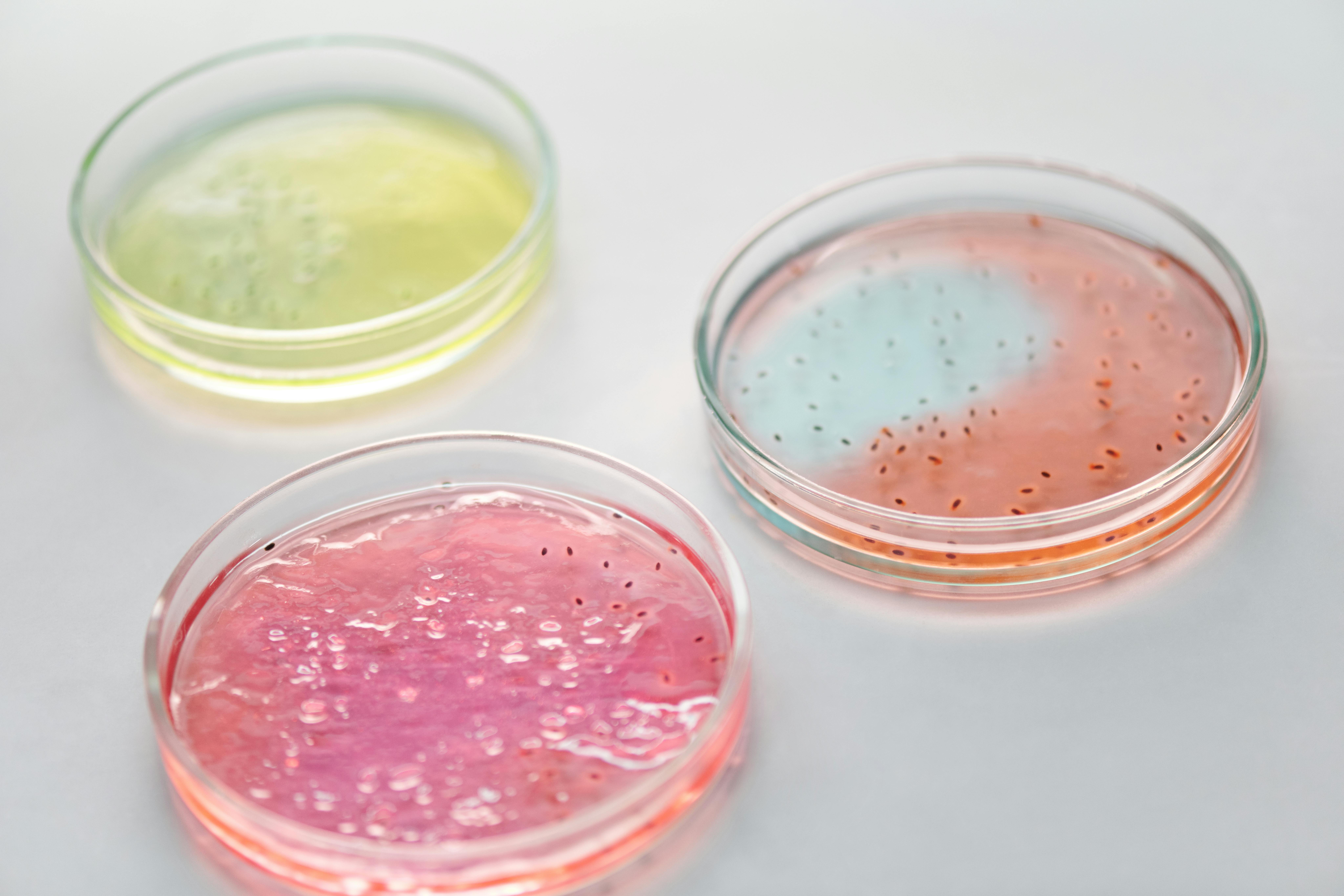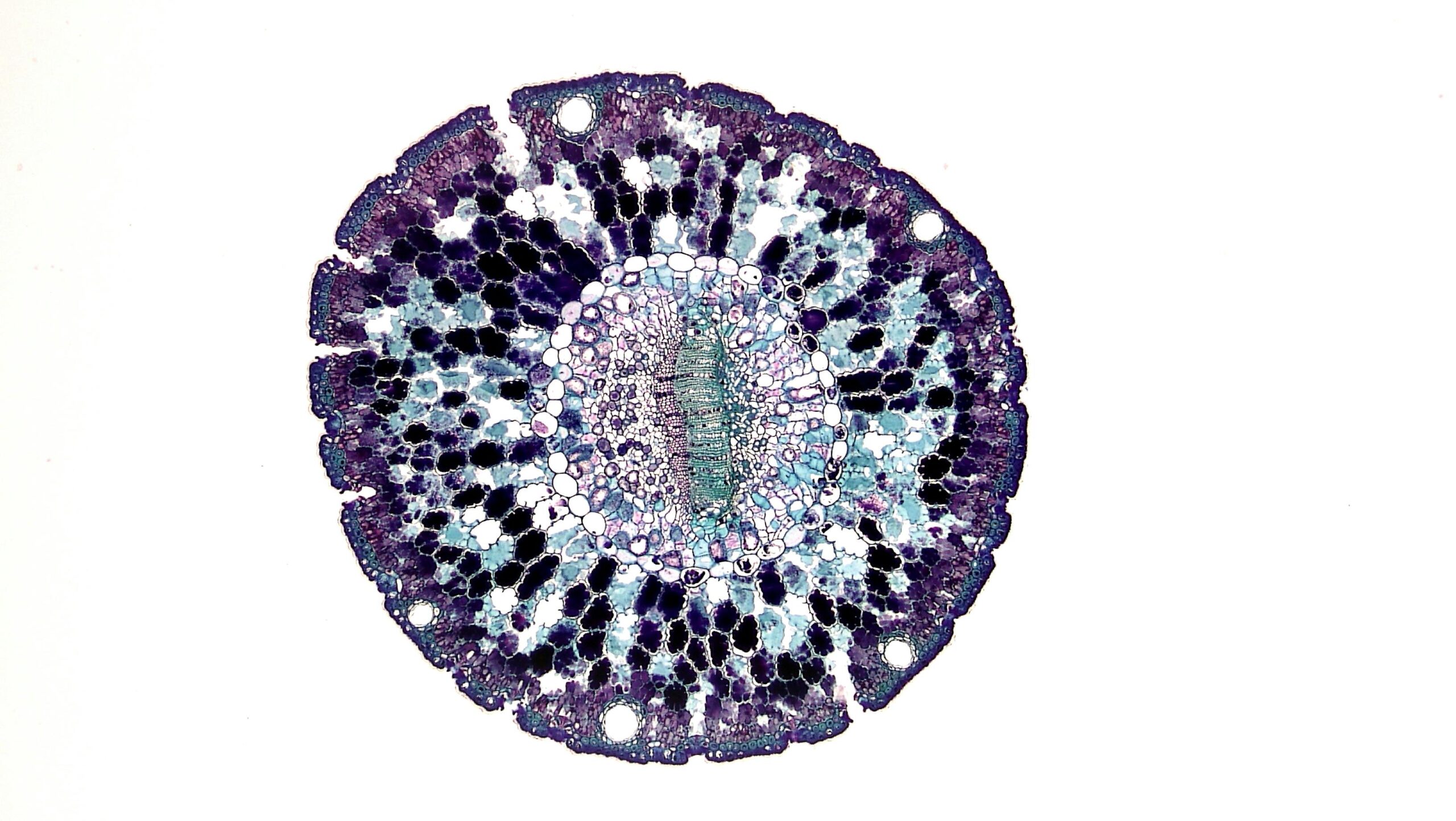You know that feeling when something just feels off, even if you can’t quite put your finger on it? For millions of Americans living with psoriasis, that vague unease might just be their bodies sounding a silent alarm, deep within their digestive system.
Psoriasis, a chronic skin condition affecting millions worldwide, is often viewed as a skin-deep issue, characterized by red, scaly patches. But new, eye-opening research from Uppsala University in Sweden is challenging that narrow view, suggesting a hidden connection between what’s happening on your skin and what’s stirring inside your gut. The study, published in the journal Biochimica et Biophysica Acta (BBA) – Molecular Basis of Disease, reveals that many psoriasis sufferers might be walking around with “invisible inflammation” in their small intestine, leading to a condition commonly known as “leaky gut.” This groundbreaking discovery offers a potential explanation for why people with psoriasis are at a higher risk of developing serious digestive disorders like Crohn’s disease, a type of inflammatory bowel disease (IBD). It’s a game-changer for understanding this often-misunderstood condition, moving beyond the visible skin symptoms to uncover a deeper, systemic issue.
Uncovering the Gut-Skin Link: How the Study Worked
To unravel this intricate connection between the skin and the gut, researchers at Uppsala University embarked on a careful and comprehensive study. They wanted to go beyond just observing symptoms and dive deep into the biological mechanisms at play. The study involved 18 patients diagnosed with chronic psoriasis and 15 healthy individuals who served as a comparison group. It’s crucial to note that none of the participants had a pre-existing diagnosis of any gastrointestinal disease. This ensured that any gut changes observed in the psoriasis group could be more directly attributed to their skin condition, rather than another digestive ailment.
The psoriasis patients in this study primarily experienced “mild-to-moderate” forms of the disease. This means their skin symptoms, while present, weren’t necessarily severe. This important detail highlights that even less severe psoriasis might be linked to underlying gut issues.
To gather their data, the researchers took a multi-pronged approach. First, participants filled out questionnaires detailing their digestive symptoms, allergies, other medical conditions, and smoking habits. But the real insights came from the biological samples. Blood and stool samples were collected from all participants. For the psoriasis patients, skin biopsies were also taken from both affected and unaffected areas of their skin.
The most informative part of the methodology involved endoscopies. Participants underwent procedures that allowed doctors to visually examine the small intestine (specifically the duodenum) and the large intestine (sigmoid colon). During these procedures, tiny tissue samples, called biopsies, were carefully collected from the lining of these areas. These biopsies were then immediately transported to the lab for detailed analysis.
The researchers focused on immune cells, essentially the body’s defense squad. They used sophisticated techniques to count and identify different types of immune cells within the gut lining. They also measured “intestinal permeability” using a specialized technique. Think of the lining of your gut as a fine-mesh screen. Intestinal permeability refers to how “leaky” that screen is, determining how easily substances can pass through it. These experiments helped them see how well the gut barrier was functioning. Finally, they analyzed various markers of inflammation in blood, stool, and biopsy samples to gauge the level of inflammation.
Invisible Inflammation: What the Research Revealed
The results of this meticulous research painted a clear, albeit unsettling, picture: The guts of psoriasis patients, even those with mild skin symptoms, are quietly battling an internal fire.
One of the most striking findings was the presence of increased numbers of specific immune cells in the small intestine of psoriasis patients. Researchers found a higher density of eosinophils and mast cells in the duodenum (the first part of the small intestine) of psoriasis patients compared to healthy individuals. These are not just any immune cells; they are known players in inflammatory responses. Interestingly, similar increases in eosinophils were also seen in the skin lesions of psoriasis patients, pointing to a potential shared inflammatory process between the gut and the skin.
Beyond just numbers, these immune cells in the gut were not just present; many were “activated.” This is akin to a quiet guard dog suddenly on high alert, ready to bark. Specifically, the duodenal eosinophils in psoriasis patients showed higher levels of a marker called CD66b, indicating cell activation and a readiness to release their contents. This activation correlated with higher levels of eosinophil-derived neurotoxin (EDN) in their stool samples—a clear sign of active eosinophil involvement. Even more compelling, this eosinophil activation also directly correlated with the gastrointestinal symptoms the patients reported, such as abdominal pain and bloating.
Perhaps the most provocative discovery revolves around the concept of “leaky gut.” Normally, the intestinal lining acts as a highly selective barrier, allowing essential nutrients to pass through while keeping harmful bacteria and toxins out. In “leaky gut,” this barrier becomes compromised, allowing unwanted substances to “leak” into the bloodstream and potentially trigger wider inflammation throughout the body.
The researchers found that half of the psoriasis patients in their study showed an increased permeability in their duodenum, essentially a “leaky gut.” This was measured by how easily a specific probe passed through their intestinal tissue. This increased leakiness was significantly linked to the patients experiencing more gastrointestinal symptoms. While the study did not find a significant difference in “leaky gut” between the psoriasis group as a whole and the healthy control group, the clear division within the psoriasis group itself into “leaky” and “non-leaky” halves is a critical insight. This finding suggests that a subgroup of psoriasis patients might be particularly susceptible to this gut barrier dysfunction.
Furthermore, the “leaky gut” subgroup of psoriasis patients also had significantly higher levels of certain pro-inflammatory cytokines—small proteins that act as messengers in the immune system—in their duodenal biopsies. These included IL-17A, IL-13, IL-20, and IL-2, all known to play roles in inflammatory diseases.
It is important to remember that these changes were “subclinical”—meaning they were not severe enough to cause visible inflammation during standard endoscopy examinations or show up on routine pathology reports. This emphasizes the “invisible” nature of this gut inflammation, making it difficult to detect without specialized testing.
Understanding the Limitations of the Study
No study is perfect, and this research, while groundbreaking, has its limitations. The most prominent is the relatively small sample size: 18 psoriasis patients and 15 healthy controls. While the findings are statistically significant, larger studies would help confirm and expand upon these observations, making the conclusions even more robust.
Another factor is the difference in body mass index (BMI) between the groups. The psoriasis group had a slightly higher average BMI compared to the control group. Previous research has suggested a link between obesity and a compromised gut barrier, so it is possible that this difference in BMI could have influenced some of the results. The researchers acknowledged this, noting that future studies would need to carefully distinguish between the effects of psoriasis itself and other health conditions or ongoing treatments.
Speaking of treatments, some psoriasis patients in the study were undergoing “anti-psoriatic therapies,” including biologics. These medications can affect the intestinal lining, either promoting or reducing inflammation. While the researchers accounted for this as much as possible, it is another variable that could subtly influence the gut environment and warrants further investigation in future research.
A New Path for Psoriasis Care
This research offers a powerful new perspective on psoriasis, moving it beyond a purely skin-focused condition to a systemic disease with significant implications for gut health. The findings strongly suggest that the inflammatory processes seen in psoriasis skin might be mirrored by, or directly linked to, low-grade inflammation and increased permeability in the small intestine. This “leaky gut” could be the missing piece in the puzzle, explaining why psoriasis patients often suffer from gastrointestinal symptoms and face a higher risk of developing conditions like Crohn’s disease.
The importance of this study for patients cannot be overstated. Maria Lampinen, a researcher involved in the study, noted that after an article about this research was published in the Swedish Psoriasis Association’s member magazine, she received numerous emails from people who recognized the connection between their gut and skin symptoms. “They wanted to know more about the link between the gut and the skin because they recognized that symptoms from their gut and skin were often linked,” Lampinen said, emphasizing that this research is “needed and is important for the patients themselves.” A greater understanding of these gastrointestinal problems in psoriasis patients could lead to healthcare providers paying more attention to the gut-skin axis, potentially leading to earlier diagnosis and better, more integrated treatments for both the skin and the digestive system.
This study ultimately underscores a critical truth: our bodies are interconnected systems, and what affects one part can ripple throughout the whole. For individuals with psoriasis, addressing the silent inflammation in their gut may be just as vital as treating their skin, paving the way for more comprehensive and effective care.
Paper Summary
Methodology
The study involved 18 chronic psoriasis patients and 15 healthy controls, none of whom had prior gastrointestinal diagnoses. Researchers collected questionnaires on digestive symptoms, blood, stool, and skin biopsies. Endoscopies were performed to collect tissue biopsies from the duodenum (small intestine) and sigmoid colon (large intestine). These samples were analyzed for immune cell populations, their activation status, and intestinal permeability (leaky gut) using specialized techniques like flow cytometry, immunohistochemistry, and Ussing chambers, along with various inflammatory markers.
Results
The study found “invisible inflammation” in the small intestines of psoriasis patients, characterized by increased numbers of activated eosinophils, mast cells, pro-inflammatory macrophages, and activated CD8+ T-cells in the duodenum. Eosinophil activation correlated with stool markers (EDN) and reported gastrointestinal symptoms. Approximately half of the psoriasis patients exhibited increased “leaky gut” in their duodenum, linked to their digestive symptoms and higher levels of pro-inflammatory cytokines (IL-17A, IL-13, IL-20, IL-2). These changes were subclinical, not visible through standard endoscopic examinations.
Limitations
Key limitations include the small sample size, which affects the generalizability of the findings. A slight difference in Body Mass Index (BMI) between the groups was noted, which could potentially influence gut barrier function. Additionally, some psoriasis patients were undergoing anti-psoriatic treatments, including biologics, which might affect the intestinal lining.
Funding and Disclosures
The study was funded by the Swedish Psoriasis Association (Psoriasisfonden and Gösta A Karlssons 60-årsfond) and the Welander-Finsen Foundation (Hudfonden). The authors declared no known competing financial interests.
Publication Information
The article is titled “Mild-to-moderate psoriasis is associated with subclinical inflammation in the duodenum and a tendency of disturbed intestinal barrier.” It was authored by Patrik Lundquist and colleagues, accepted on December 15, 2024, and published online on December 19, 2024. It appears in BBA Molecular Basis of Disease, Volume 1871, 2025, article number 167634. The journal homepage is www.elsevier.com/locate/bbadis, and it is an open-access article under the CC BY license (http://creativecommons.org/licenses/by/4.0/).












